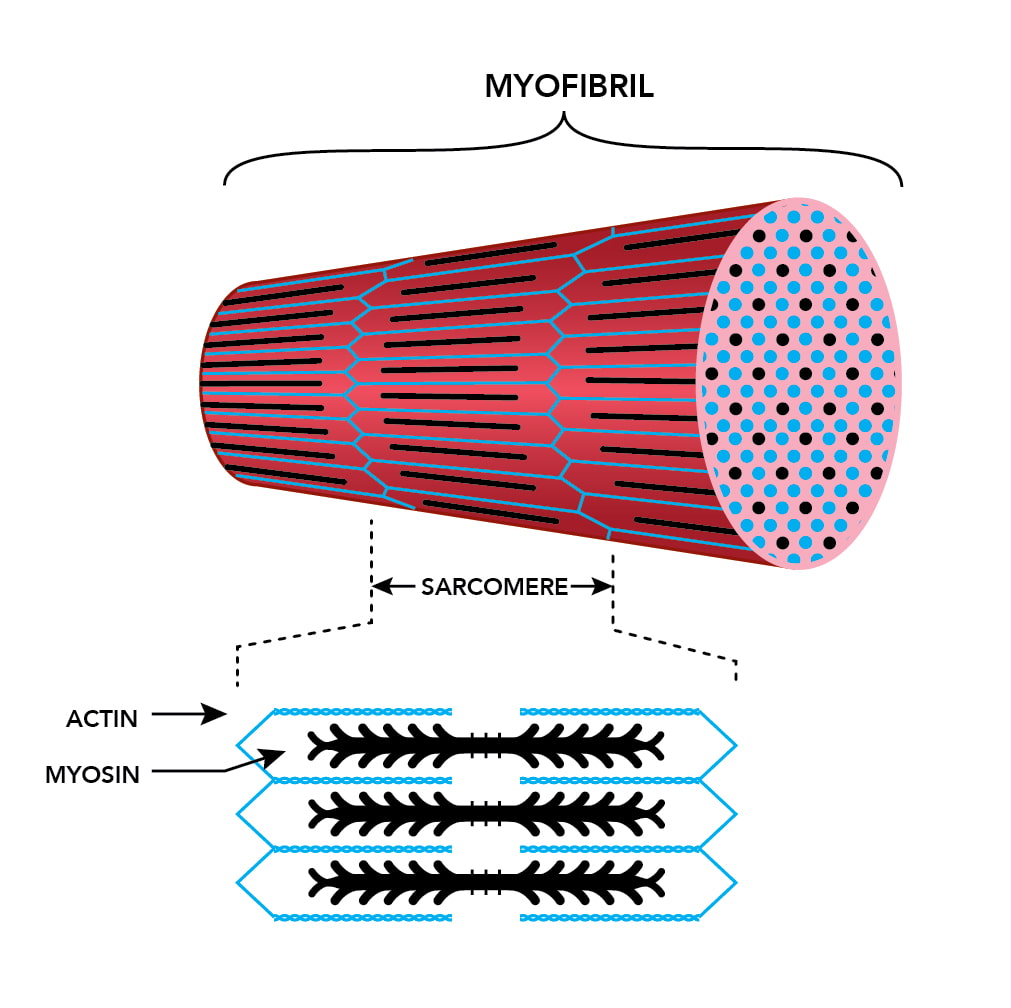The popularity of shredded protein — both meat and a soy-based meat alternative — is on the rise.
You only have to do a quick Google Search for shredded meat to see how popular it is, and scroll through hundreds of thousands of recipes, tips, and shredded protein products.
Americans love shredded meat, and it shows.
Pulled pork alone appeared on 17.8% of US restaurant menus in 2014, up from 10.6% in 2005, according to market research firm Datassential. That doesn’t account for pulled chicken, pulled beef, or pulled soy.
Ready Made Pulled Meat Craze
The rise in popularity of shredded meat has caused many food processors to start producing their own shredded meat and soy products.
Even non-traditional companies are jumping on the shredded meat bandwagon. Brands like Jack Daniels, Trader Joes, and even stores like Walmart and Hy-Vee have launched their own lines of pulled meat products.
With so many companies and brands producing their own ready-made pulled meat or soy product, food processors are looking for ways to outperform the competition — in taste, consistency, shred texture, and price.
Customers don’t want shredded meat that looks like it was cut up by a machine. The more natural looking the shred, the closer it looks to being hand shredded after a day in the crockpot or on the barbecue, the better.
So how do you get that hand-pulled look?
Simple — know the science behind shredding protein.
The Science Behind the Shred
If you’re looking to achieve that hand-pulled look for meat or soy, you have to do it shred it the hand-pulled way: hot.
Some processors have tried shredding meat and soy cold — after cooking, chilling, and letting the meat sit in a chiller for a few days. While this may work from a production standpoint, it will never get you the longer, finer shreds that come when you shred meat by hand, no matter what machine or method you use for shredding.
Shredding cold always produces a coarse, chunky shred.
Shredding hot always produces a finer, longer shred.
It’s all in how heat affects muscle fibers in the meat.
The Composition of Muscle Fibers
Muscle fibers refer to the long protein fiber strands found in the muscle meat of land animals.
These fibers are multinucleated cells made up of bundles of myofibrils, which are made up of thousands of sarcomeres that are composed of myofilaments. It’s inside these sarcomeres where the contraction and expansion of the muscle take place.
Group a bunch of these individual muscle fibers together and you get fascicles. It’s a group of fascicles that make up what we see and call the muscle.
How’s that for a 1-minute course on muscle anatomy?
Maybe a picture will help to see the structure of the muscle.
The anatomy lesson doesn’t end there.
Inside every myofibril are Sarcomeres, which consist of myosin and actin proteins — the proteins that affect meat’s texture and moisture holding capacity.
According to ThermoBlog, the source behind the amazing anatomy pictures:
In the muscles of living animals, the action of the thick filament (myosin) heads attaching and pulling the thin filament (actin) is what causes muscle contraction. The contractile cycle of myosin and actin sliding is what causes skeletal muscle movement.
After slaughter, lack of blood flow to muscle tissue makes it impossible for the contractile cycle to complete its relaxation phase. The actin and myosin irreversibly combine in maximum muscle contraction, or rigor mortis. After rigor mortis, protease-based enzymes (calpain and cathepsin) are fully activated, degrading the meat. This degradation of the myofibrillar network of actomyosin is what tenderizes meat during the aging process.
How Heat Affects Myosin and Actin
Thermoblog explains how heat affects myosin and actin:
Myosin begins to denature around 104°F (40°C) with a striking change occurring at 122°F (50°C). Myosin is the thick filament responsible for actively shortening the sarcomere length as it pulls the actin filaments closer together. When myosin denatures it shrinks the sarcomere in diameter. This denaturation changes meat’s texture from raw to being pleasantly cooked and still tender.
Actin denatures in a higher temperature range, and this reaction is what is primarily responsible for the toughening of meat fibers and moisture loss in cooked meat. It denatures in the range of 150-163°F (66-73°C). At this point the protein fibers become very firm, shorten in length, and the amount of liquid expelled increases dramatically. Your meat becomes tough and dry when cooked to these higher temperatures. This data accurately supports Kenji’s research on the amount of moisture loss in cooked beef. At 150°F (66°C) the moisture loss doubles from where it is at 120°F (49°C).
Denatured myosin = yummy; denatured actin = yucky. Dry, overcooked meats aren’t tough because of lack of water inside the meat; they’re tough because on a microscopic level, the actin proteins have denatured and squeezed out liquid in the muscle fibers. — Cooking for Geeks, Jeff Potter
Heat Leads to Better Shreds
It’s this tenderization of the meat you need in order to get a finer, longer shred — and it only comes when the meat is hot.
When meat is hot, the muscle fibers are loosened and it’s much easier to separate them. It’s why meat “falls apart” when you pull it out of a crockpot or the oven — the heat has separated the muscle fibers from one another.
You need the muscle fibers to be separated like this if you want to get those long, fine shreds that are common when meat is shredded by hand.

Want to see the difference shredding hot makes? Test it out yourself:
- Shred a pork butt by hand right after it’s been taken out of a crockpot.
- Shred a pork butt by hand after it’s been cooked and stuck in the refrigerator for a day.
Which one is easier to shred and gives you longer, finer shreds?
If you did the experiment, you’ll know immediately that the hot meat shredded much easier and produced finer, longer shreds than the cold meat.
Cold Shrinks
Just as with everything else, chilling meat causes the muscle fibers to contract and restrict.
When this happens, it’s impossible to separate the meat into individual muscle fibers to get the long, fine shreds that come when you shred meat hot. The muscle fibers just won’t pull apart.
It’s why shredding cold always produces a chunky, coarser shred.
The muscle fibers have contracted and joined together again. There just is no separating them into individual strands.
Can you shred cold? Of course.
Many processors opt to use some kind of meat press prior to shredding in order to loosen the muscle fibers and help them pull apart a bit easier. However, no machine or process will produce the hand pulled look if you’re shredding cold.
Opt for Hot
If you plan to shred pork, beef, chicken, or soy, opt for shredding hot — you will get a better, more hand-pulled looking shred that customers are used to seeing from their own kitchens, restaurants, BBQ joints, and the like.
It will also allow you to run meat and soy through a meat shredder to increase production and reduce operating costs while still achieving that hand-pulled look.







